OwnFone launches world’s first 3D printed Braille phone
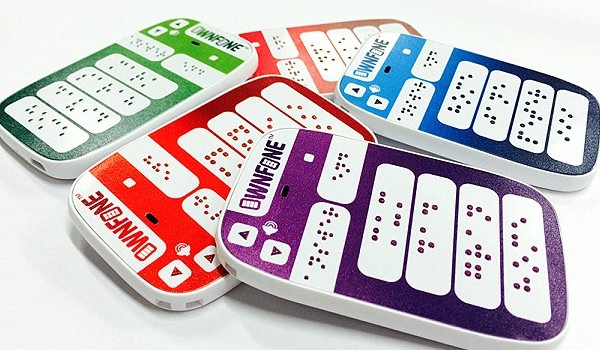
London-based company OwnFone has launched the world’s first 3D printed Braille phone to provide visually challenged more independence with mobile services.
The new Braille phone has been constructed using 3D printing on both front and back of the handset with added personalised buttons to cater specific needs of the blind.
It is currently available only in the UK for £60. However, the company plans to soon launch a Kickstarter campaign to sell OwnFone internationally.
The device is designed to provide an easy connection between the blind users and their family and friends. The OwnFone builder automatically converts contact names on buttons into Braille.
Tom Sunderland, the OwnFone founder, told the BBC: “This is the first phone to have a 3D printed keypad and for people that can’t read Braille, we can print texture and raised text on the phone. Our 3D phone printing process is patent pending. The phone can be personalised with two or four Braille buttons which are pre-programmed to call friends, family, carers or the emergency services.”
The product comes in a variety of colours and its users can also personalise their handset by selecting their own design and pictures from the firm’s website for an additional £5 fee.
In 2012, the company had released partially 3D printed phones. A year later the firm developed 1stFone, a credit card-sized handset, with programmable buttons for key contacts for four- to nine-year-olds.
The new Braille phone is based on these two previous versions.
Experts say it may be the first Braille phone available in the market but the idea is not an original one.
In 2009, Indian engineering student Sumit Dagar, working on his Masters Degree project, designed a prototype of a reasonably priced Braille phone.
Two years later, Dagar’s vision was highly praised at the TED 2011 conference in the US. He demonstrated his concept for a Braille phone, using a grid of pins that move up and down to create the shapes of words and image.
In 2012, he was given the Rolex Award for Enterprise to support and carry on with his project. His design uses shapes-memory alloy technology to expand and contract to its original shape after use.
Sunderland told MailOnline: “There’s been many concept designs for Braille phones over the years, but all of them have so far remained as concepts, to develop any of these designs would be very expensive and the market for Braille phones is relatively small compared with mainstream markets. 3D printing provides a fast and affordable way to overcome this barrier.”
Aastha Gill
Photo: Courtesy of OwnFone




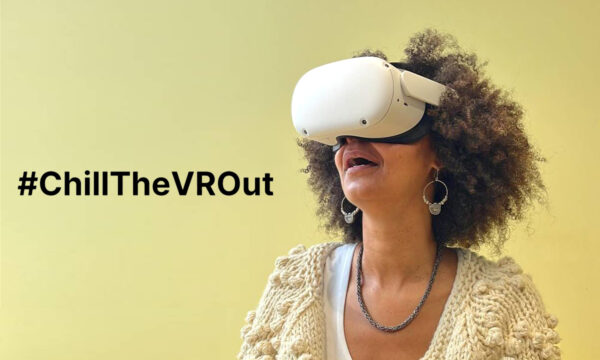
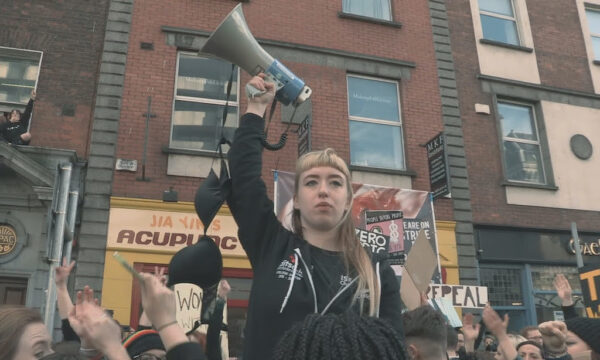

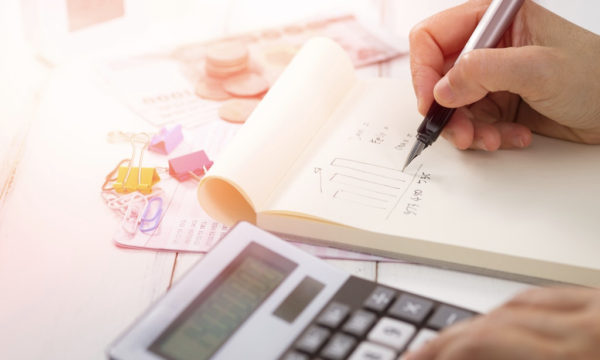
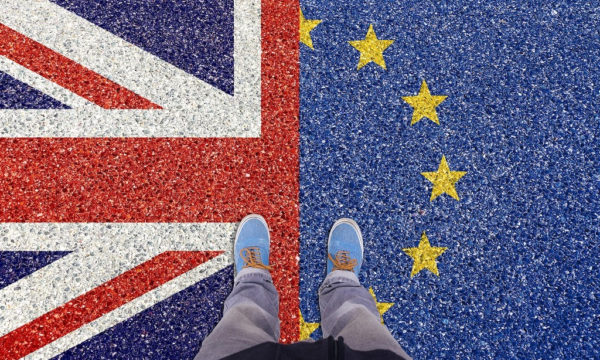
















Facebook
Twitter
Instagram
YouTube
RSS